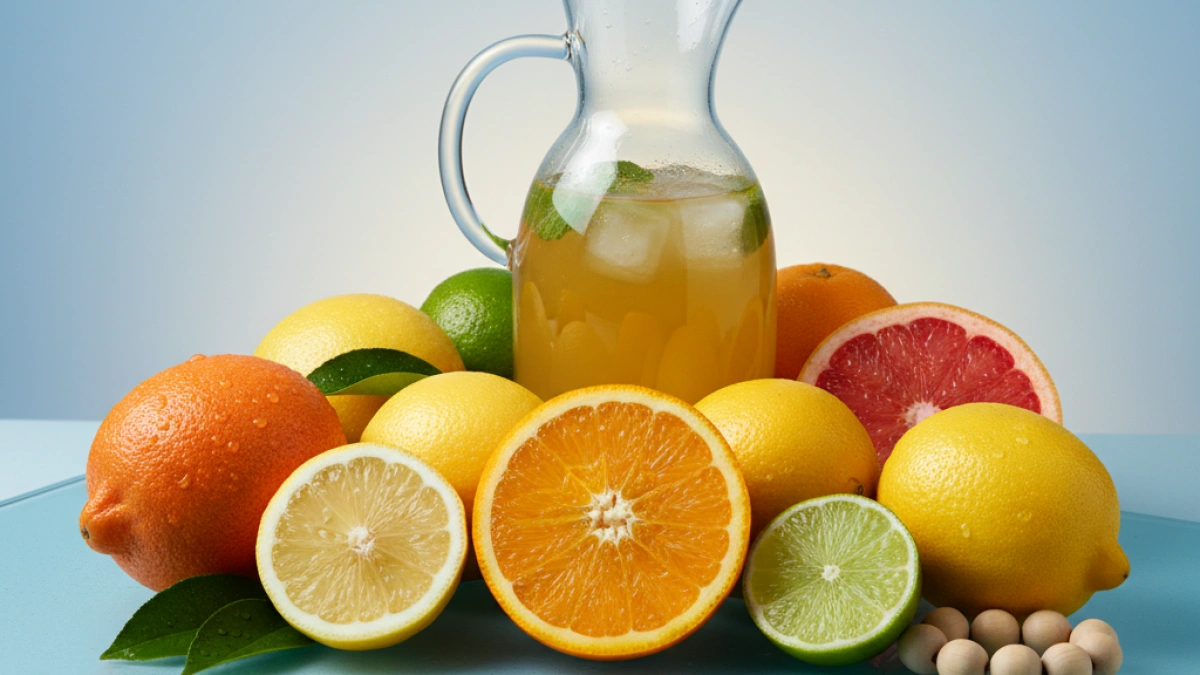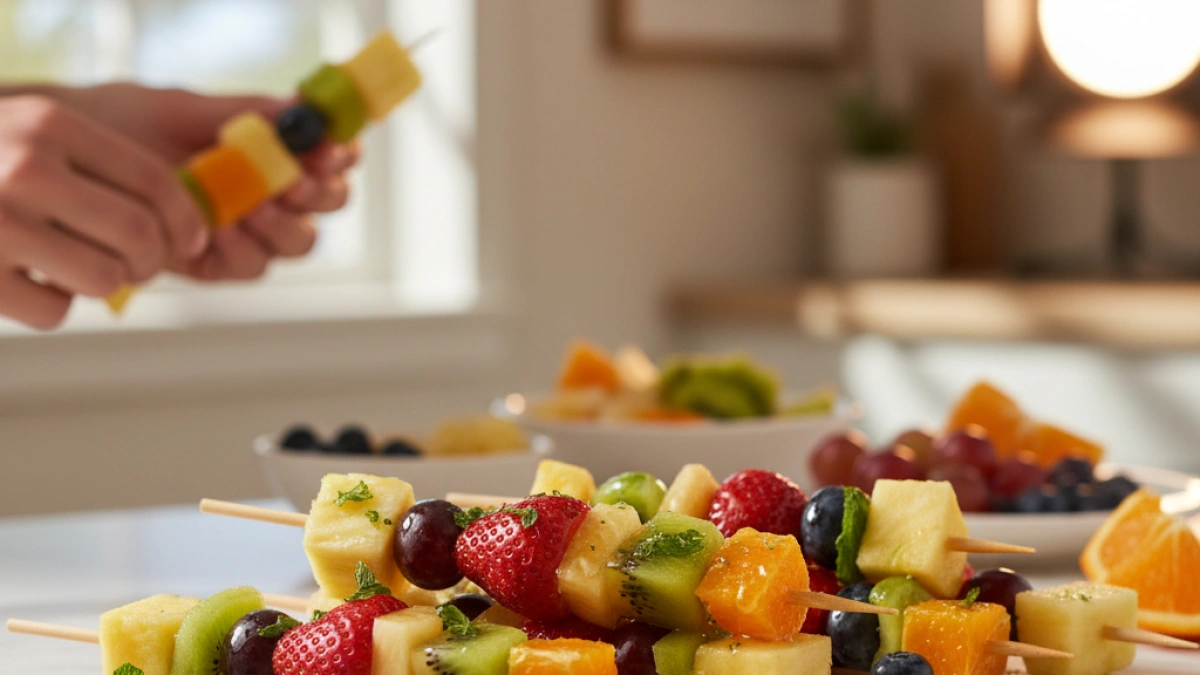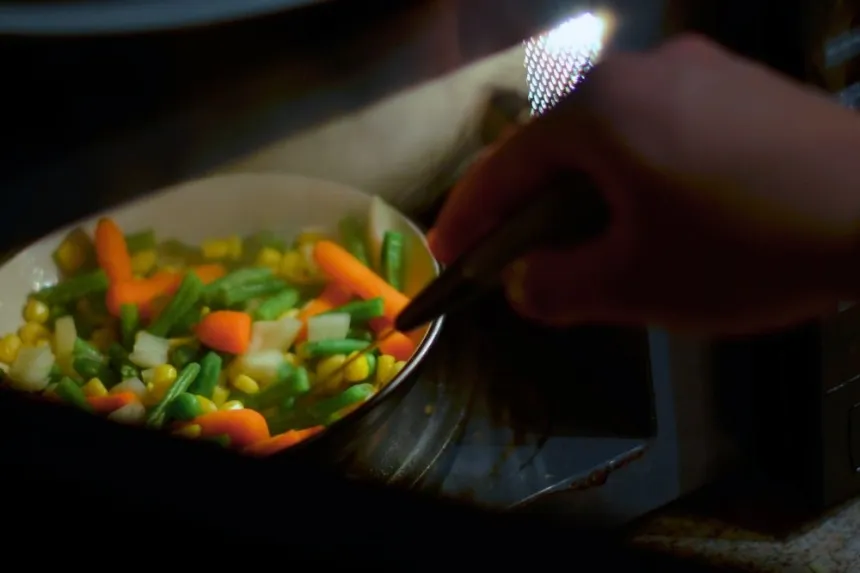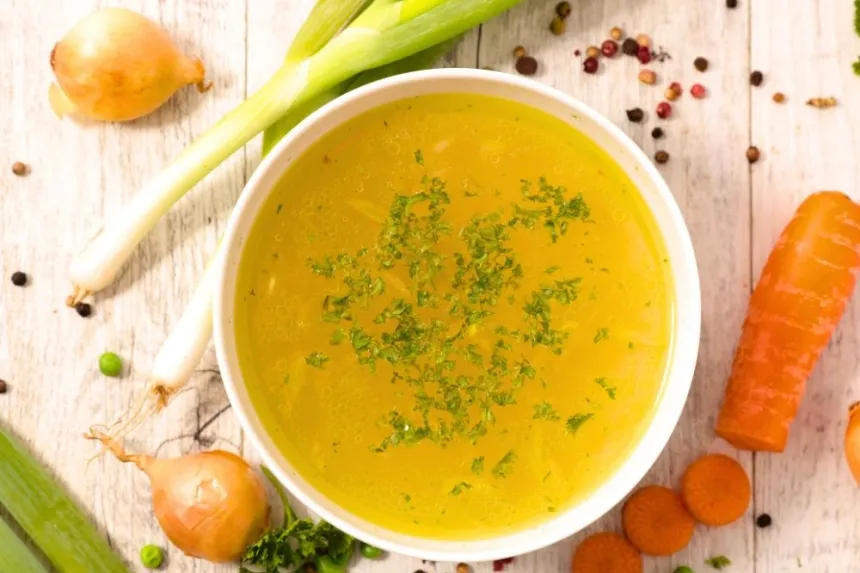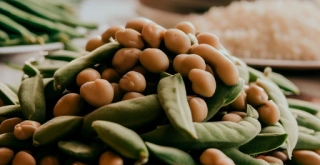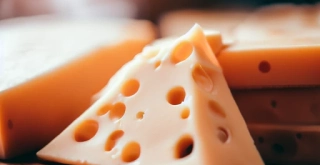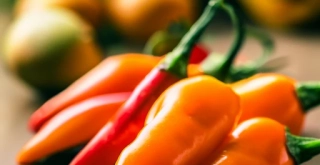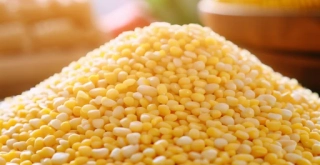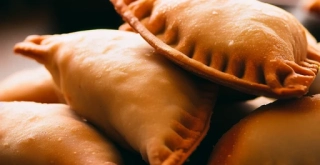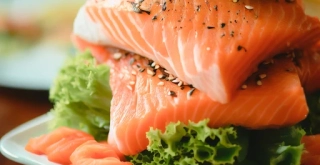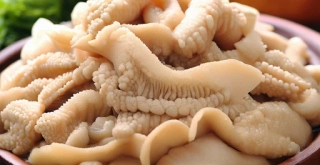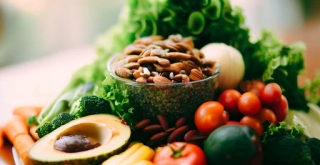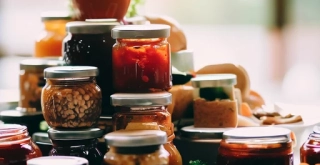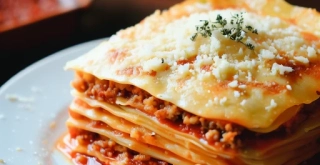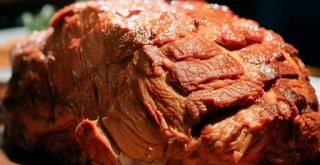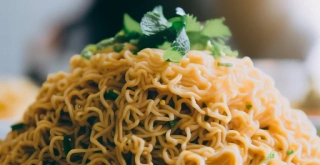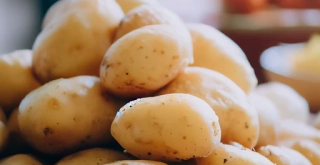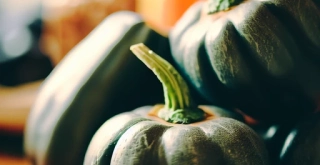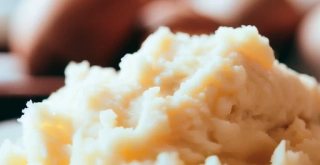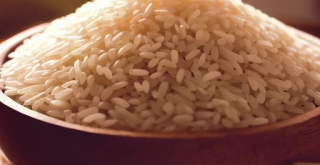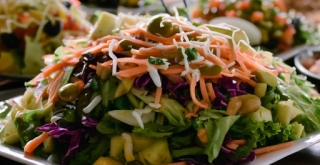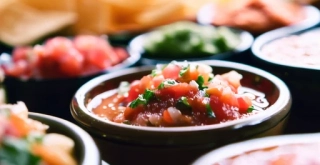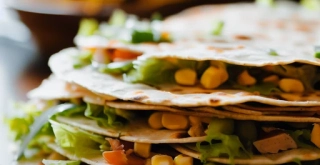How to properly wash fruits and vegetables for your health
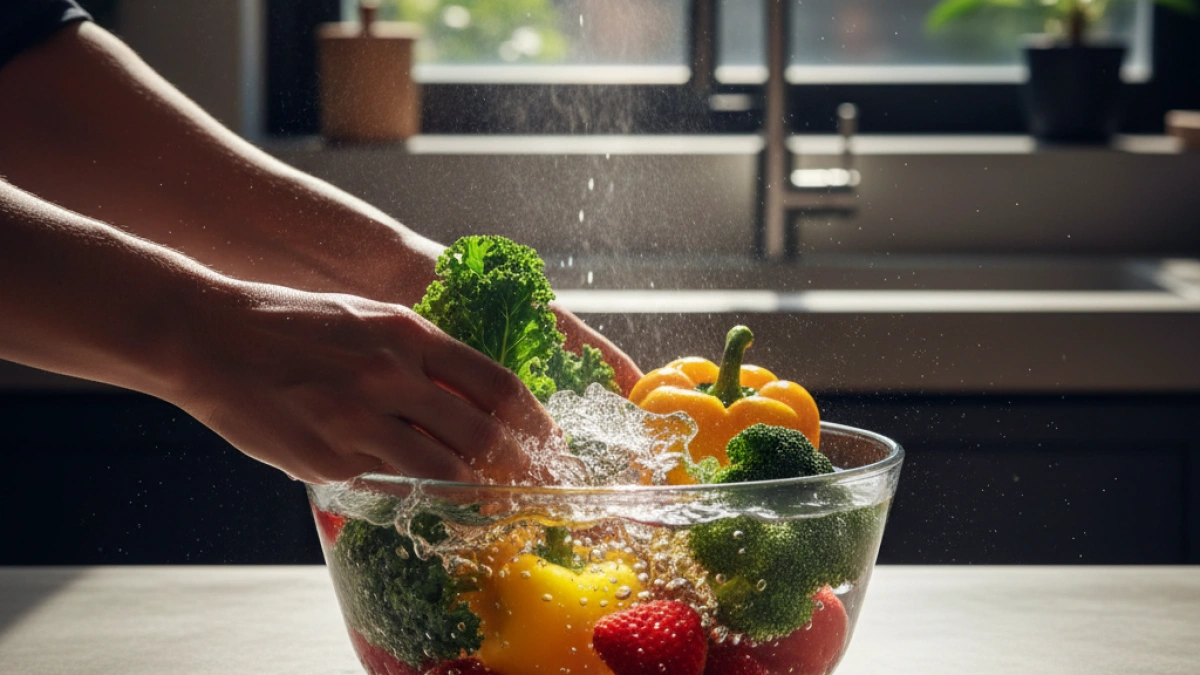
Hygiene in food is essential for maintaining good health. Properly washing fruits and vegetables is one of the most important steps to eliminate contaminants and bacteria that can affect our health. Below are the best practices to ensure that your food is clean and safe to consume.
The Importance of Washing Fruits and Vegetables
Washing fruits and vegetables before consuming them helps remove pesticide residues, dirt, and microorganisms that can be harmful to health. Although some fruits and vegetables are eaten without their skins, it is crucial to clean them, as contamination can transfer to the inside when cut.
When and How to Wash?
When to Wash?
It is recommended to wash fruits and vegetables just before consumption or preparation. However, if you've purchased fresh produce and plan to use it later, it’s best to wait and wash it right before cooking or eating.
Read also
How to Wash Properly
- Wash Your Hands: Before touching any food, it is essential to wash your hands with water and soap for at least 20 seconds.
- Use Running Water: Place the fruit or vegetable under a cold running tap. Most contaminants are removed solely with water. It is not necessary to use soap or detergents, as this can leave residues on the food.
- Scrub and Brush: For fruits and vegetables with hard skins such as carrots, potatoes, or melons, use a clean brush to scrub the surface. This helps remove more impurities.
- Soak in Water: For leafy greens, such as lettuce or spinach, it can be helpful to submerge them in a bowl of cold water and gently move them. This allows dirt and insects to loosen.
- Drying: After washing, it is advisable to dry fruits and vegetables with a clean cloth or paper towel. This not only helps eliminate any trace of water, which can harbor bacteria, but also makes them more pleasant to eat.
Special Considerations
Organic Fruits and Vegetables
Although organic fruits and vegetables often have fewer pesticides, it is still essential to wash them. There may be dirt residues and other contaminants that also need to be removed.
Cut and Pre-Packaged Products
If you buy pre-cut or pre-packaged fruits and vegetables, it is advisable to check the labels. Some products are washed before packaging, but it is recommended to wash them again before consuming.
Fruits and Vegetables with Peels
Even those fruits and vegetables that are peeled, such as bananas and avocados, should be washed before peeling. This prevents contaminants from the skin from transferring to the inside with the knife.
Read also
Conclusion
Properly washing your fruits and vegetables is a simple but fundamental step toward maintaining a healthy diet. By following these tips, you can reduce the risk of foodborne illnesses and enjoy a safer diet.
For more useful health and wellness tips, I invite you to keep reading more stories on my blog. Your health deserves it!
